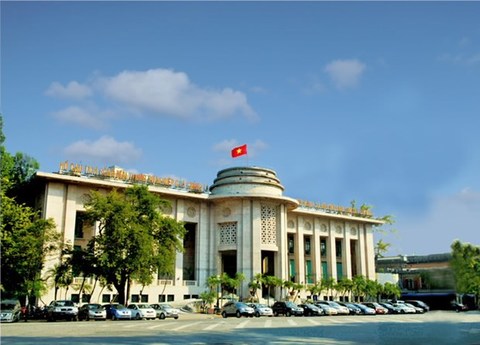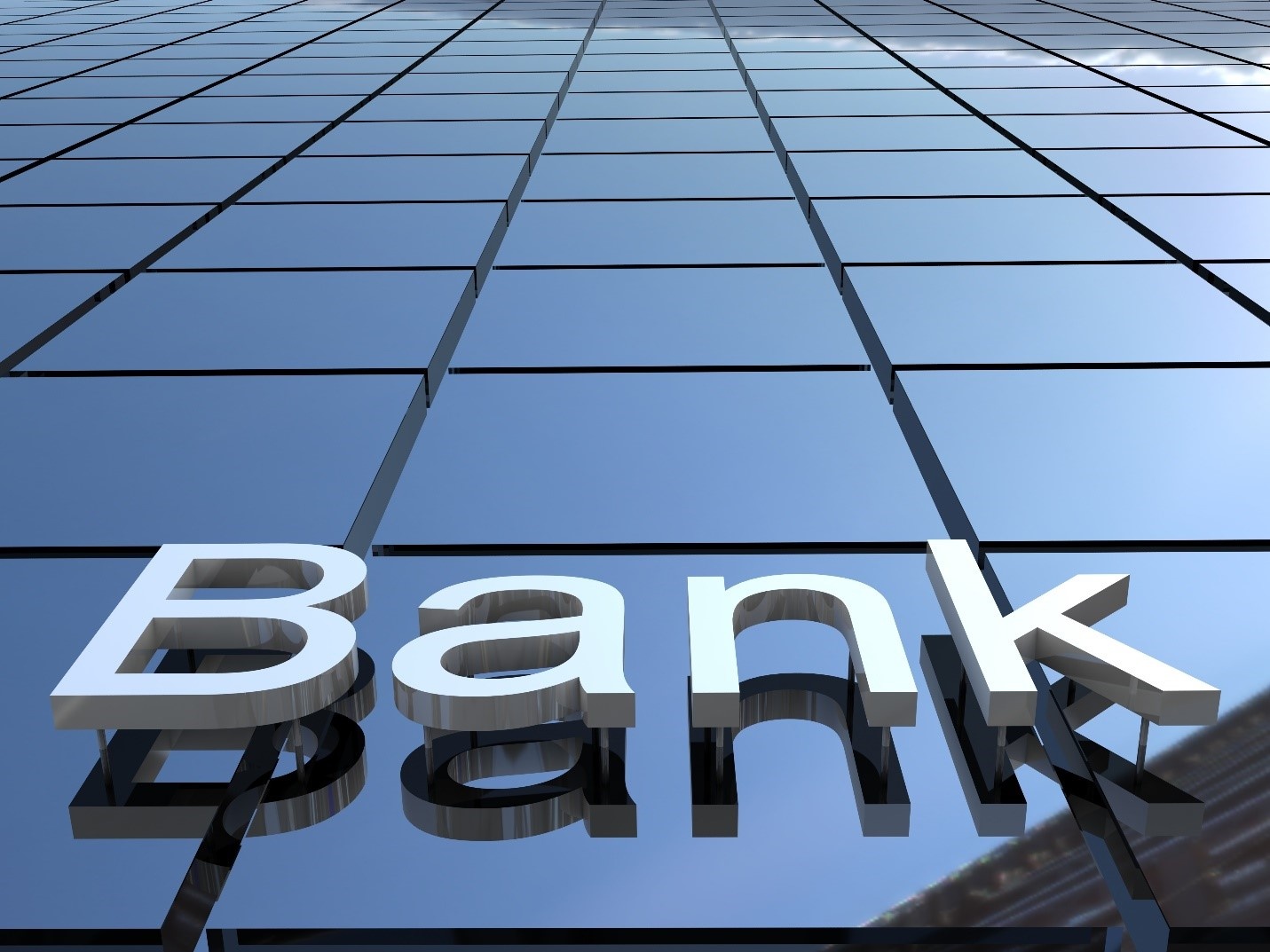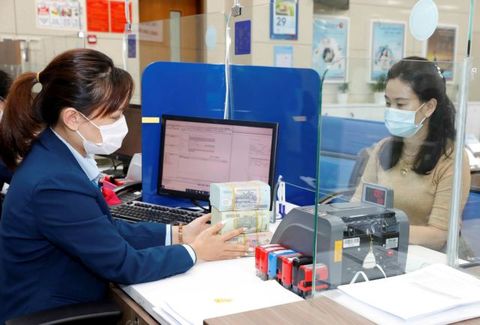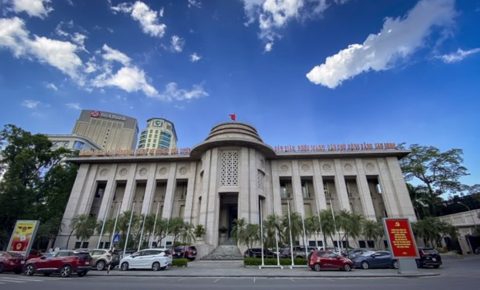Central bank acts to tighten dong liquidity
Central bank acts to tighten dong liquidity
The State Bank of Vietnam (SBV) has net withdrawn VND57.6 trillion through open market operation (OMO) and foreign currency selling channels to maintain the liquidity of the banking system at a sufficient level and create indirect impacts on the interbank interest rates.

A recent money market report of Saigon Securities Incorporation (SSI) showed the SBV last week net withdrew a total of VND34.6 trillion through the OMO channel and more than VND23 trillion through the foreign currency selling channel.
Previously, in the week of September 12-16, the SBV also net withdrew a total of VND59.6 trillion through the OMO channel.
In the wake of the SBV’s net withdrawal, interbank interest rate for overnight terms last week increased by 40 basis points to 4.9 per cent. The rate for one-week and one-month terms also rose to 5.2 per cent and 5.6 per cent, respectively.
SSI’s analysts believe the SBV will maintain Vietnamese dong liquidity in the banking system at a state that is not too abundant for the rest of the year in order to maintain the interbank interest rate of the dong in the range of 5.0-5.5 per cent. The rate is expected to create a reasonable gap with that of the US dollar to minimise pressure on the exchange rate.
According to Tran Ngoc Bau, CEO of data provider WiGroup, the SBV must withdraw cash through the bill channel to raise the interest rate level. In addition, it must also withdraw cash through the foreign currency selling channel as the exchange rate is tense.
Bau forecast the SBV’s net withdrawal will continue until the first quarter of next year and the banking system is under a period of tight liquidity.
The SBV last Thursday announced it would raise its policy rates by 100 basis points, nearly 11 years after the last increase. With the adjustment, the rates have returned to the same level as in March 2020, but are still 50 basis points lower than those before the COVID-19 pandemic.
The SBV’s move came right after the US Federal Reserve (Fed) raised interest rates in its September meeting and was similar to the trend of other central banks after the Fed's decision.
According to SSI’s analysts, although the SBV’s rate increase did not come as much of a surprise to the market as the rate level in the interbank market has been continuously increasing since the end of July, the increase of 100 basis points at one time was relatively large compared to that of both the SBV’s previous hike decisions and other countries in the region.
Besides, the analysts said, the rate increase is more inclined towards maintaining a stable exchange rate, rather than controlling inflation when the country’s consumer price index remains under control.
The analysts believe there is still room for the SBV to continue to increase the policy rates as inflation may be higher than that in the pre-pandemic period while the interest rate level is still lower than in the pre-pandemic period.






















